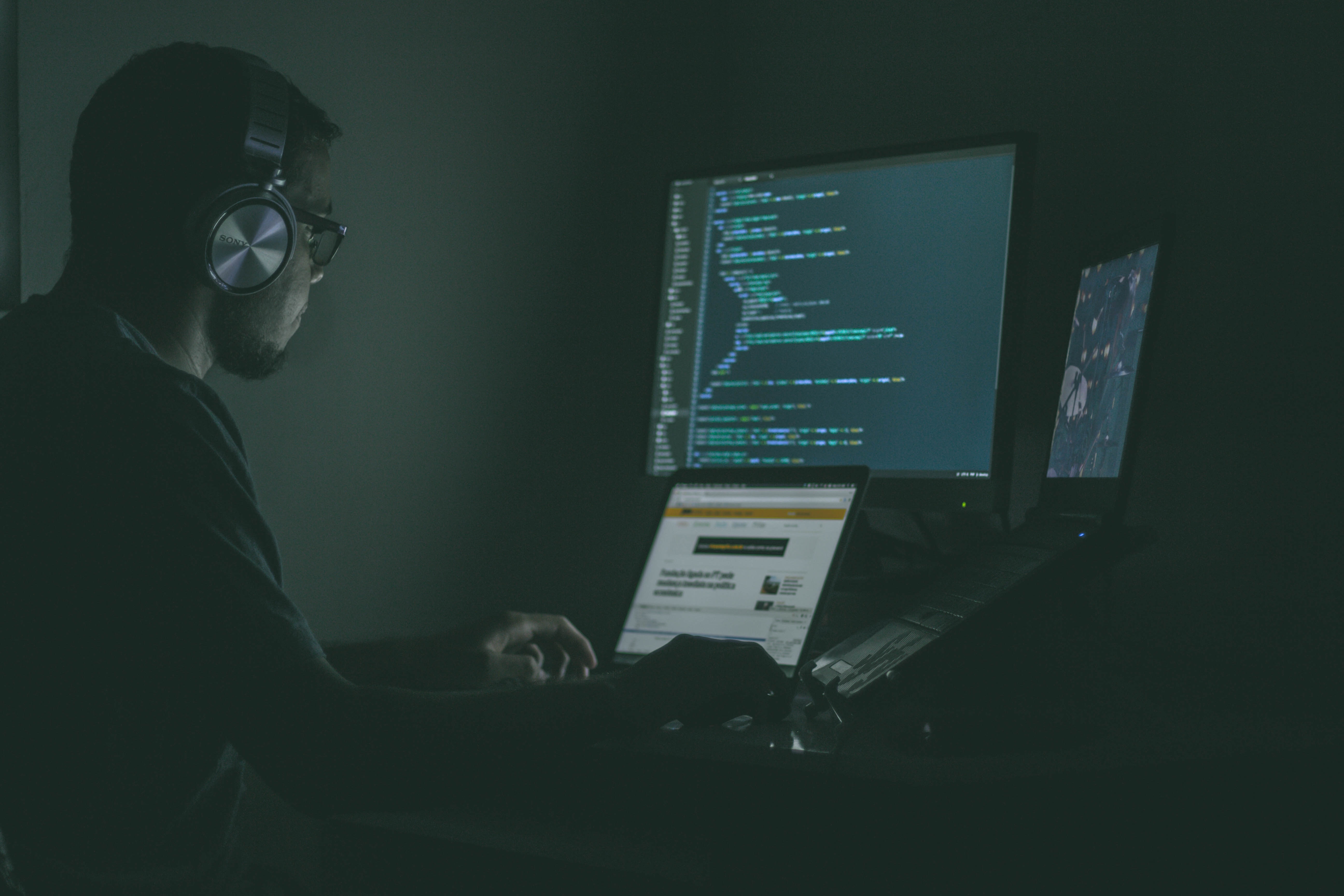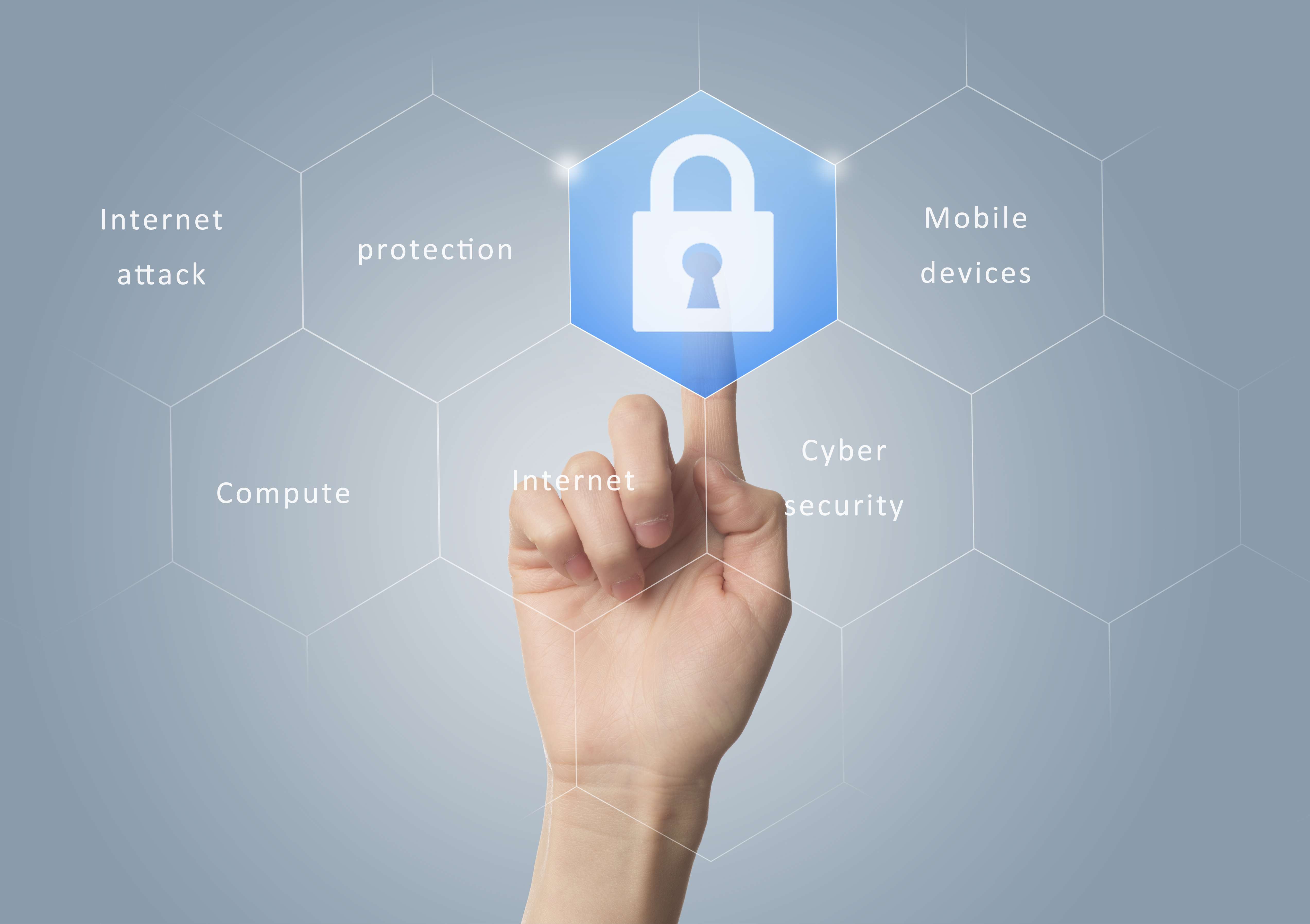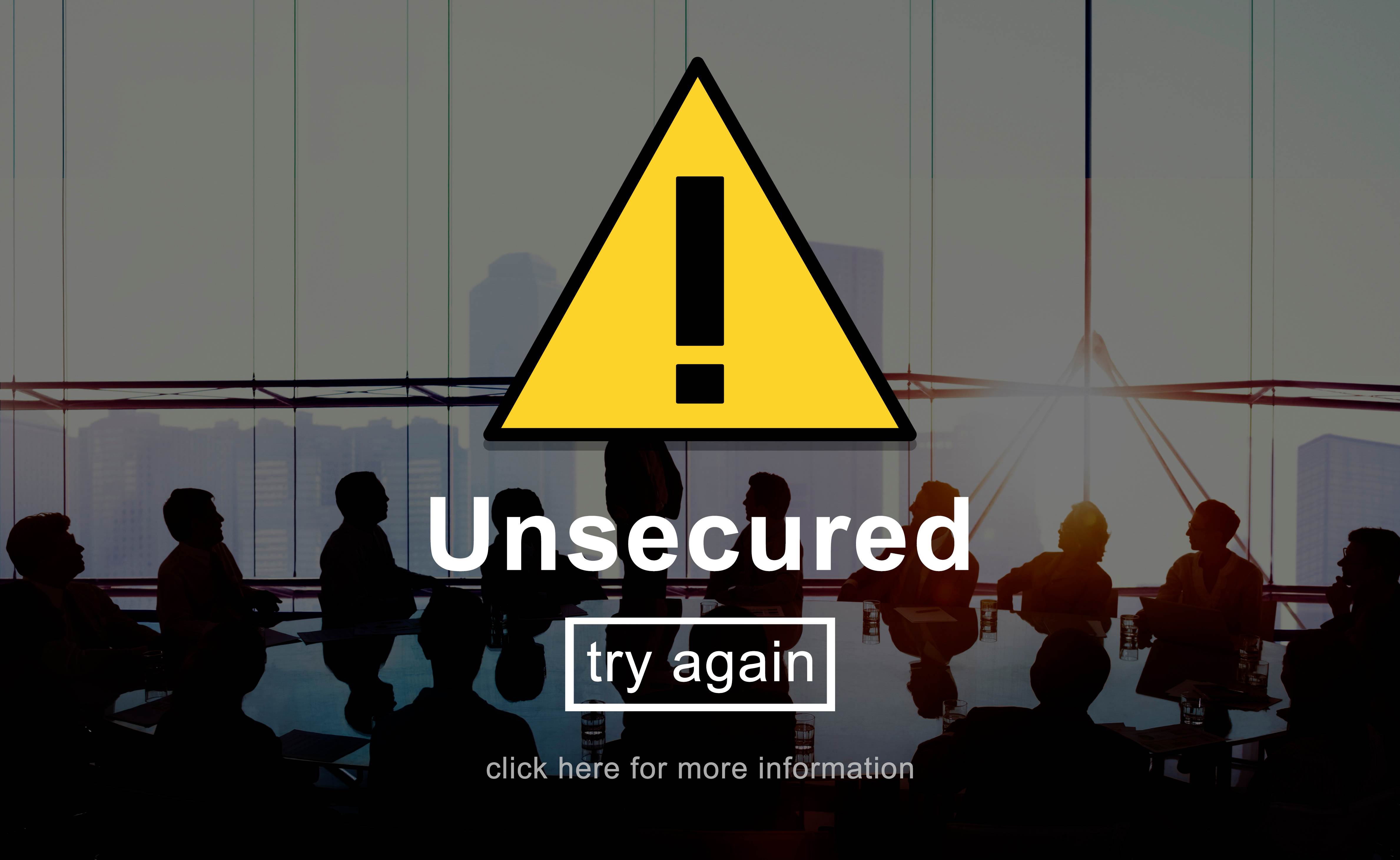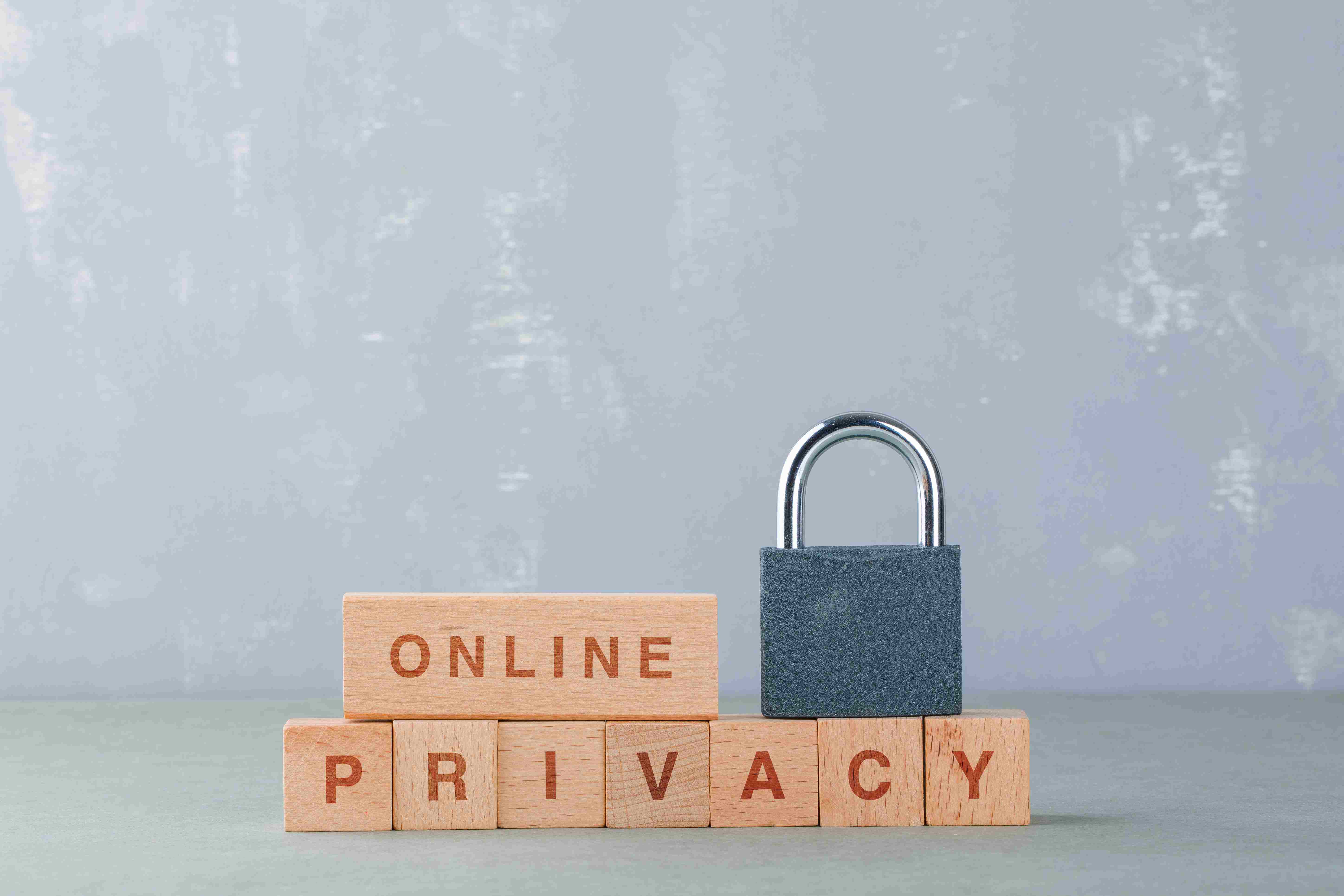Created 2 months ago
The dark web is a hidden part of the internet that isn’t indexed by traditional search engines. It can be accessed using special tools like the Tor browser, but navigating it requires caution due to potential security risks and illegal activities. In this guide, we’ll explore how to enter the dark web safely, the tools required, the legal implications, and best practices to protect your privacy.

What the dark web is and how it works
The dark web is a hidden section of the internet that is not indexed by traditional search engines. Unlike the surface web, which consists of publicly accessible websites, the dark web requires special tools to access, such as the Tor browser. It operates using encryption techniques to ensure anonymity for both users and website operators.
Layers of the Internet
The internet is divided into three main layers:
Surface Web: The visible part of the internet that search engines index, such as news websites and social media.
Deep Web: Content that is not indexed by search engines, including private databases, academic records, and subscription-based services.
Dark Web: A small section of the deep web that is intentionally hidden and requires specific software to access.
How the Dark Web Works
The dark web operates using a system called onion routing, which encrypts and routes data through multiple nodes worldwide. This process helps users maintain privacy by masking their IP addresses and making their online activities difficult to trace.
When someone accesses a dark web site, their connection is relayed through a network of encrypted layers, ensuring that neither the user nor the website owner can be easily identified. Websites on the dark web typically use “.onion” domains, which are only accessible via Tor.
Uses and Risks of the Dark Web
While the dark web provides anonymity for journalists, activists, and whistleblowers, it is also known for illegal activities, including black markets and cybercrime. Navigating the dark web requires caution, as users may encounter scams, malware, and surveillance.
Understanding how the dark web works is essential before accessing it, ensuring that users take proper security measures to protect their privacy and safety.

The tools needed to access it securely
Accessing the dark web requires specific tools to ensure privacy and security. Since it is not accessible through regular browsers, users need specialized software and additional protective measures to stay anonymous and avoid cyber threats.
Tor Browser
The most widely used tool for accessing the dark web is the Tor (The Onion Router) browser. It allows users to browse anonymously by routing their internet traffic through multiple encrypted nodes worldwide. This process helps hide the user’s IP address, making it difficult to track their online activities.
VPN (Virtual Private Network)
A VPN is essential for adding an extra layer of security. It encrypts internet traffic and masks the user’s real IP address before connecting to the Tor network. This prevents internet service providers from detecting Tor usage and helps avoid potential surveillance.
Secure Operating Systems
Using a secure operating system can reduce the risk of malware and tracking. Systems like Tails OS and Whonix are designed for privacy-focused browsing. They ensure that all internet traffic goes through Tor and automatically remove traces of user activity after shutdown.
Anonymous Email and Cryptocurrency
For communication and transactions on the dark web, using anonymous email services and cryptocurrencies is crucial. Disposable email accounts and encrypted email providers enhance privacy, while cryptocurrencies like Monero provide untraceable payments.
Additional Security Measures
To stay safe, users should disable JavaScript, avoid downloading unknown files, and never share personal information. Regularly updating security tools and being cautious about the sites visited can prevent cyber threats and maintain anonymity.
By using these tools and precautions, users can enhance their security while exploring the dark web.

Legal and ethical considerations image
Accessing the dark web comes with significant legal and ethical responsibilities. While it provides privacy and anonymity, it also presents risks that users must be aware of. Understanding the legal boundaries and ethical implications is essential before engaging with dark web content.
Legal Considerations
Legality of Access: In many countries, using the dark web is not illegal. However, certain activities, such as buying illicit goods or services, engaging in hacking, or viewing illegal content, are against the law and can lead to serious consequences.
Government Surveillance: Law enforcement agencies monitor dark web activities to combat cybercrime. Even if a user does not engage in illegal acts, visiting certain sites may attract attention and result in investigation.
Data Privacy Laws: Some jurisdictions have strict data privacy regulations that may impact how individuals interact on the dark web. Sharing or storing sensitive data without authorization can be legally problematic.
Ethical Considerations
Privacy vs. Criminal Activity: The dark web allows for anonymous communication and freedom of expression, which can be beneficial for activists and journalists. However, it also facilitates illegal activities, raising ethical concerns about supporting a network that harbors both positive and harmful content.
Exposure to Harmful Content: Users may unintentionally encounter disturbing material, illegal marketplaces, or forums that promote unethical behavior. Engaging with or even viewing such content poses moral dilemmas.
Responsible Use of Anonymity: While anonymity can protect users from censorship and surveillance, it should not be misused to harm others or engage in unethical activities. Understanding the ethical implications of one’s actions is crucial.
Before accessing the dark web, users must consider both the legal restrictions and ethical responsibilities to ensure they navigate it safely and responsibly.

Potential dangers and how to avoid them
The dark web offers anonymity and access to restricted content, but it also comes with serious risks. Users must be aware of potential dangers and take precautions to protect themselves from cyber threats, scams, and legal consequences.
Cybersecurity Threats
Malware and Viruses: Many dark web sites contain hidden malware designed to steal personal data, track activities, or damage devices. Downloading files or clicking unknown links can expose users to serious security threats.
How to Avoid: Use a secure operating system like Tails, keep antivirus software updated, and never download unknown files.
Scams and Fraud
Fake Marketplaces: Many illegal marketplaces on the dark web claim to sell products or services but disappear after taking payments, leaving buyers with nothing.
How to Avoid: Avoid making purchases on the dark web, as there is no legal protection for transactions.
Legal Risks
Unintentional Involvement: Some websites host illegal content, and even accidental access to such material can lead to legal consequences.
How to Avoid: Stay away from suspicious websites, never engage in illegal activities, and be aware of your country’s cyber laws.
Tracking and Surveillance
Government Monitoring: Law enforcement agencies monitor the dark web to track illegal activities, and users can become targets of investigations.
How to Avoid: Use a VPN along with Tor for extra anonymity, and avoid logging into personal accounts.
By understanding these potential dangers and following safety measures, users can reduce risks and protect their privacy while navigating the dark web.

Tips for protecting your privacy and staying anonymous
When accessing the dark web, maintaining privacy and anonymity is crucial to avoid surveillance, cyber threats, and legal risks. Proper security measures help prevent identity exposure and ensure safe browsing.
Use the Tor Browser Correctly
Stay Within Tor: The Tor browser anonymizes your connection, but opening external links or logging into personal accounts can expose your real identity.
How to Stay Safe: Avoid visiting non-Tor websites, disable JavaScript, and never maximize your browser window to reduce fingerprinting risks.
Use a VPN for Extra Security
Enhance Anonymity: A Virtual Private Network (VPN) hides your real IP address before connecting to Tor, preventing internet service providers from detecting your activity.
How to Stay Safe: Use a no-log VPN before launching the Tor browser for an additional layer of protection.
Use a Secure Operating System
Prevent Tracking: Some operating systems store browsing history and system logs, which can compromise privacy.
How to Stay Safe: Use privacy-focused OS like Tails or Whonix, which are designed to leave no traces.
Avoid Personal Information and Online Accounts
Stay Anonymous: Logging into personal accounts or sharing identifying details can compromise security.
How to Stay Safe: Never use real names, personal emails, or social media accounts when browsing the dark web.
Be Cautious with Downloads
Avoid Malware: Many files on the dark web contain viruses or tracking software.
How to Stay Safe: Do not download unknown files, and use a secure virtual machine for added protection.
By following these precautions, users can enhance their privacy and stay anonymous while accessing the dark web.